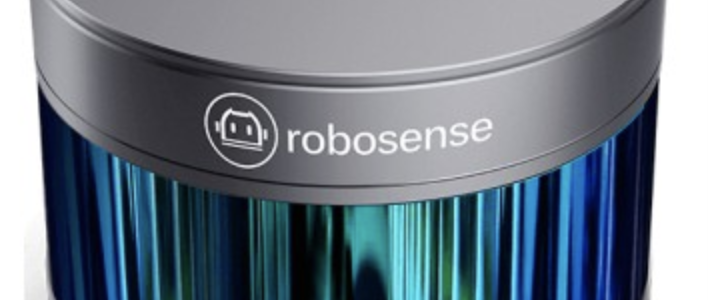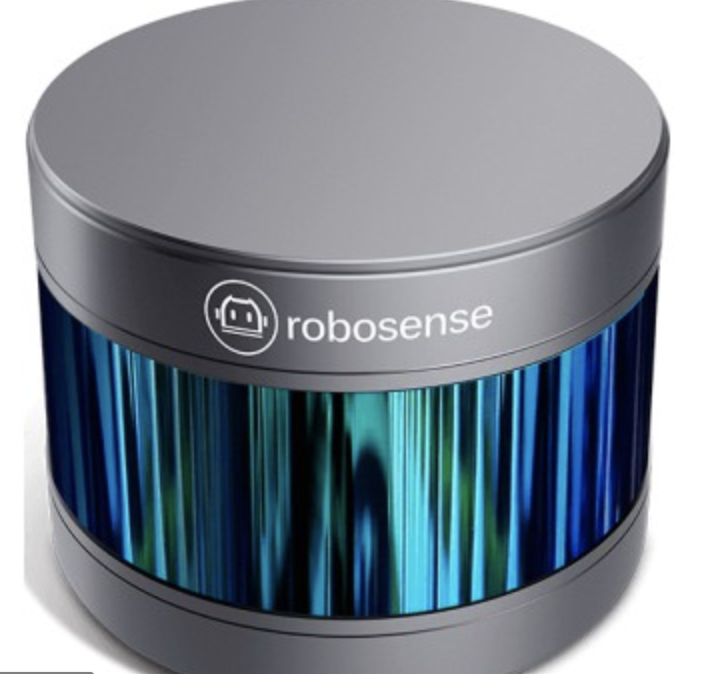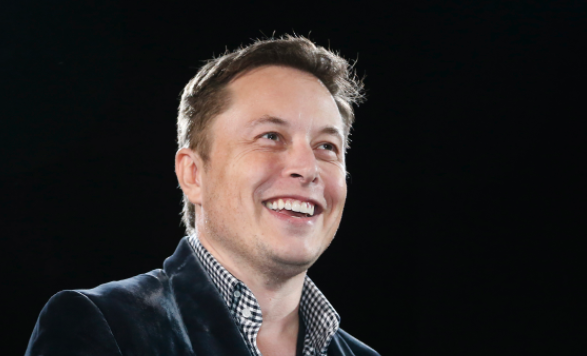
Artificial intelligence how Lidar see the future


Tesla’s CEO Elon Musk branded the laser scanning system Lidar ( light detection and ranging) which is being touted as the best way for autonomous cars to sense their environment.
In April he said, Lidar was expensive and unnecessary as he believes that cameras combined with artificial intelligence will be enough to allow cars to roam the streets without a human driver.
Lidar emits laser beams and measures how long they take to bounce back from objects, and this provides so called point-clouds to draw 3D maps of the surroundings which can be analysed by computers to recognise objects as small as football or as big as football field and can measure distances quite accurately.
Despite Mr Musk’s opinions Spardha Taneja of mobility consultancy Ptolemus Consulting Group argue Lidar’s $10, 000 ( £7, 750) pieces of kit are going to be essential.
Lidar technology was used in Apollo 15 mission in 1971 to map the Moon, but its breakthrough came in the mid-2000s when Darpa, the research division of the US military started its annual Grand Challenge, a race for autonomous vehicles.
David Hall of Velodyne in built rotating lasers so-called spinners which were mounted on car-roofs to provide 360-degree vision.
Musk’s choice of sensors are cheap and can identify signs and road markings but they struggle in fog and are not good for measuring distance. Ultrasonic sensors originally developed during World War One for submarine warfare used sound waves with a high frequency inaudible to humans. But heir range is limited and hence are mainly employed for parking.
